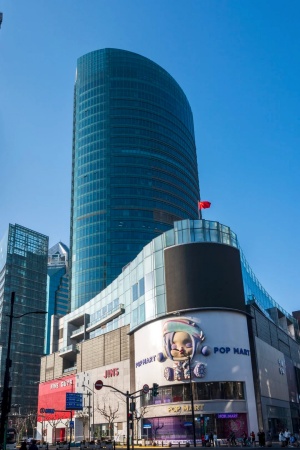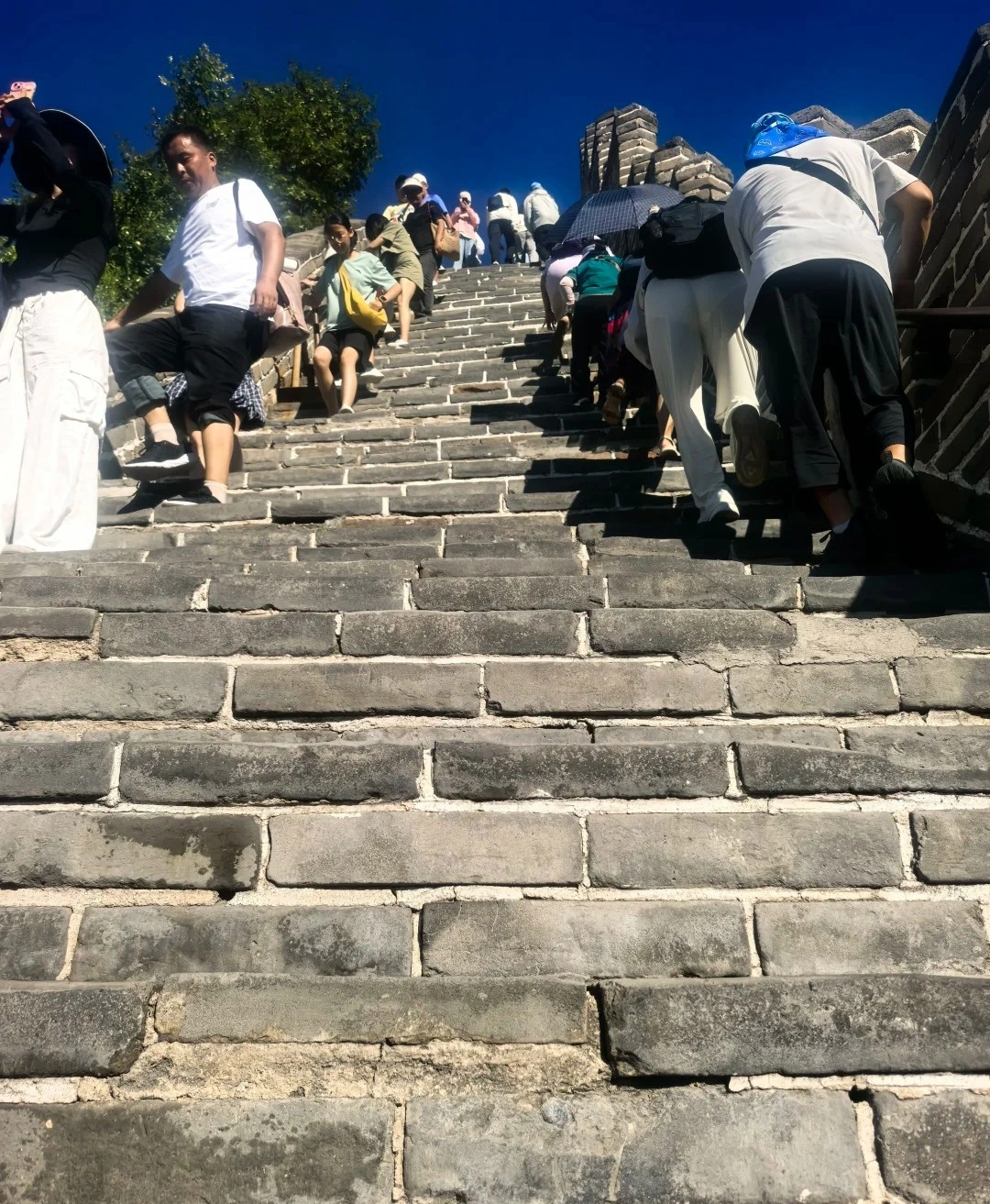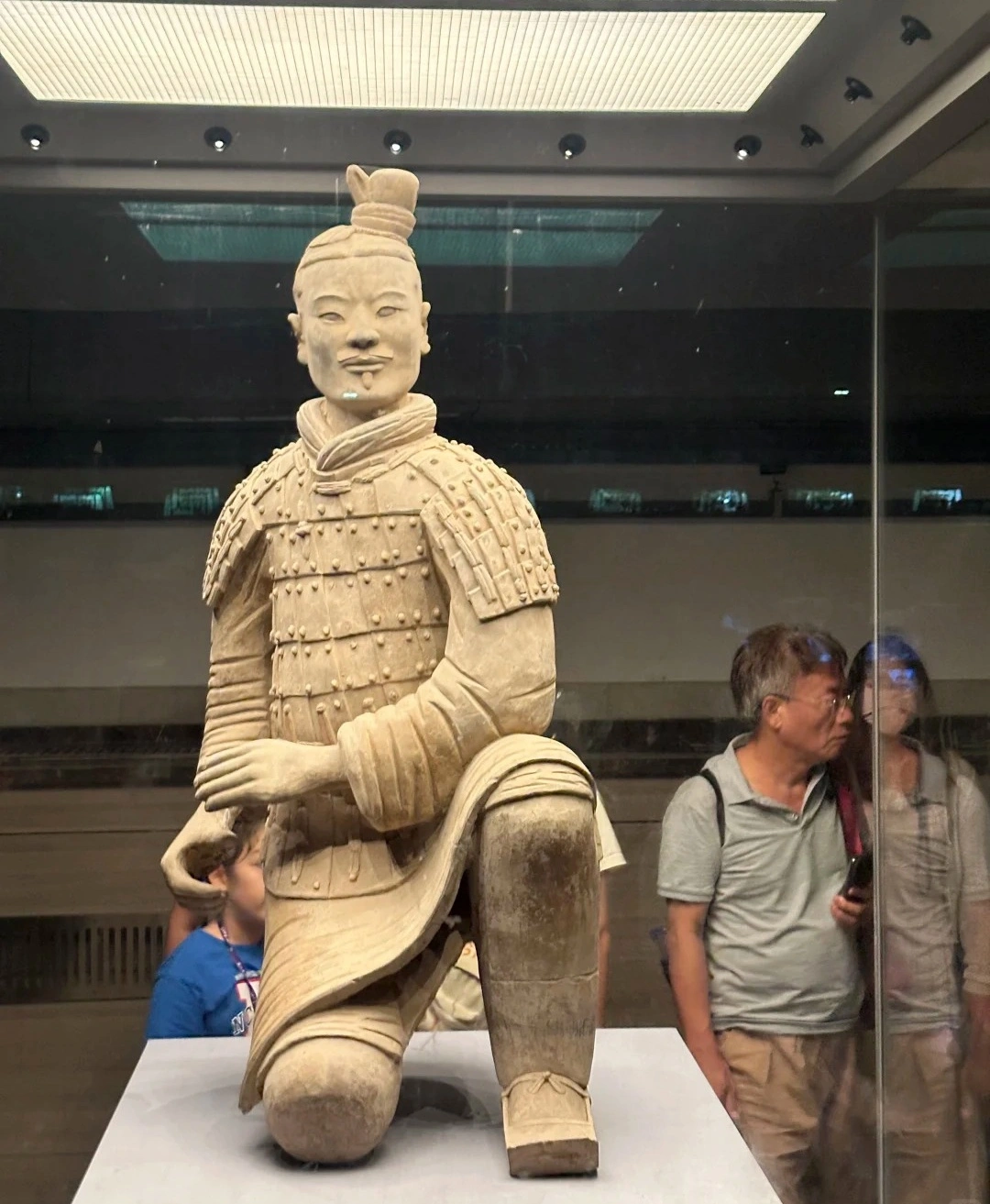Suggestions for transportation in Chengdu
Chengdu, a bustling metropolis in southwestern China, offers a mix of modern infrastructure and historic charm. While its public transit systems are efficient, navigating the city’s sprawling size and occasional traffic congestion requires planning. Below is a structured overview of transportation options, tips, and pitfalls to ensure smooth travel in Chengdu.
1. Public Transportation Overview
Subway (Chengdu Metro)
- Network: The metro system covers most tourist areas, including Chunxi Road, Tianfu Square, and Chengdu Panda Base. Lines 1–10 and an Airport express line operate daily from 6:00 AM to midnight.
- Ticketing: Use a rechargeable Tianfu Tong card (available at stations) or scan QR codes via mobile apps like Alipay/WeChat Pay. Single-ride tickets are also sold at machines.
- Tips: Avoid rush hours (7:30–9:30 AM, 5:30–7:30 PM) when trains are packed. Download the official Chengdu Metro app for route planning.
Buses
- Coverage: Buses reach destinations not served by the metro, including suburban attractions like Dujiangyan Irrigation System.
- Payment: Use Tianfu Tong cards, cash (exact change), or mobile payments. Night buses (marked with “夜班”) operate after midnight.
- Challenge: Buses can be slow due to traffic; prioritize them for short, scenic routes or off-peak travel.
2. Taxis and Ride-Hailing
Taxis
- Availability: Taxis are plentiful but may be scarce during rain or peak hours. Flag down a cab or use taxi stands near major landmarks.
- Fares: Start at ¥9–12 (depending on the time/day), with surcharges for late-night rides or long distances. Always insist on using the meter.
- Language Tip: Have your destination written in Chinese characters to avoid miscommunication.
Ride-Hailing Apps
- Didi Chuxing: The dominant platform (similar to Uber). Download the app, link a payment method (Alipay/WeChat Pay), and book rides in advance during busy periods.
- Safety: Verify the driver’s license plate and photo before entering the vehicle.
3. High-Speed Rail and Intercity Travel
Chengdu Railway Stations
- Chengdu East Station (成都东站): Main hub for high-speed trains to cities like Chongqing, Xi’an, and Guilin.
- Chengdu South Station (成都南站): Serves regional routes and some high-speed lines.
- Ticketing: Book tickets via the 12306 China Railway app or at station counters. Arrive 30 minutes early for security checks.
Airport Transit
- Chengdu Shuangliu International Airport (CTU): Located 16 km from downtown, accessible via:
- Metro Line 10: Direct link to the city center (¥6, 30 minutes).
- Airport Shuttle Buses: Routes to major hotels and districts (¥10–25).
- Taxis: Flat-rate fares to downtown (¥50–80, depending on traffic).
4. Bicycles and E-Scooters
- Shared Bikes: Apps like Meituan Bike and HelloBike offer affordable rentals (¥1.5–2 per 30 minutes) for short trips. Look for designated parking zones to avoid fees.
- E-Scooters: Popular for navigating flat city streets but restricted in some areas due to safety regulations.
5. Practical Tips for Travelers
- Avoid Traffic: Use the metro during peak hours; taxis/ride-hailing may be slower.
- Language Barrier: Carry a translated address or landmark name for taxi drivers.
- Scams: Reject unsolicited “tour guide” offers near attractions and only use licensed services.
- Rush Hour: Traffic jams are common between 7:30–9:00 AM and 5:30–7:00 PM; plan accordingly.
- Night Travel: After midnight, rely on taxis or ride-hailing apps, as public transit options dwindle.
Conclusion
Chengdu’s transportation network is diverse but requires a mix of strategies to navigate efficiently. The metro is ideal for daily commutes, while taxis and ride-hailing apps offer flexibility. For intercity travel, high-speed trains are fast and reliable. By combining these options and planning around peak times, travelers can explore Chengdu’s vibrant streets, historic sites, and natural wonders with ease.
Contact Us
What Our Clients Say?
Based on 10,000+ traveler reviews













